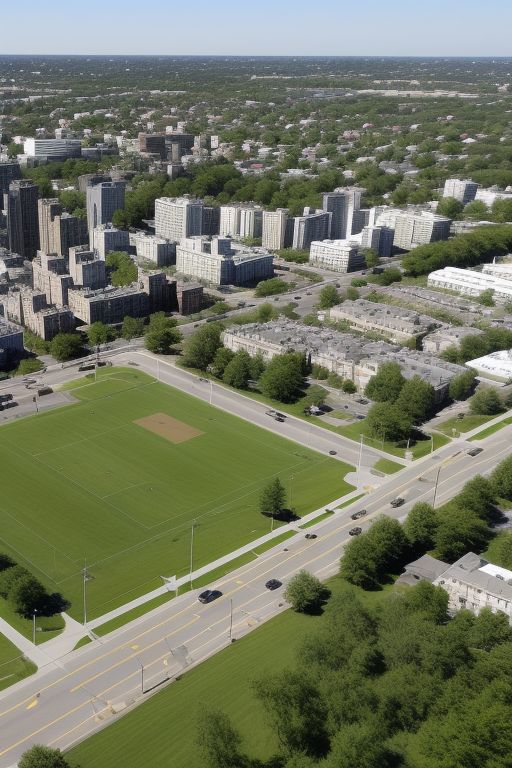Several city councils across the United States have recently approved controversial zoning changes, sparking discussions about housing, community structure, and affordability.
In Alexandria, the City Council unanimously passed the “Zoning for Housing” package, effectively ending single-family-only zoning. This decision allows for buildings with up to four units on lots previously designated for single-family homes, aiming to create more housing options and address the affordable housing crisis. The initiative could add an estimated 2,838 new dwellings over the next ten years, contributing significantly to the city’s goal of meeting regional housing demands.
Meanwhile, the New York City Council approved the SoHo/NoHo Neighborhood Plan, which allows for up to 3,500 new housing units, including around 900 permanently affordable ones. This rezoning plan, seen as part of the outgoing Mayor Bill de Blasio’s efforts, aims to update decades-old zoning rules and facilitate a mix of residential and commercial development while preserving the area’s historic character and ensuring existing rent-regulated units remain protected.
These zoning changes reflect a broader trend of cities reevaluating their zoning laws to increase housing density, diversify neighborhoods, and make cities more accessible and affordable. However, these decisions have also faced criticism from various quarters, with concerns about the potential impact on neighborhood character, displacement of lower-income residents, and skepticism about the realization of affordable housing promises.


